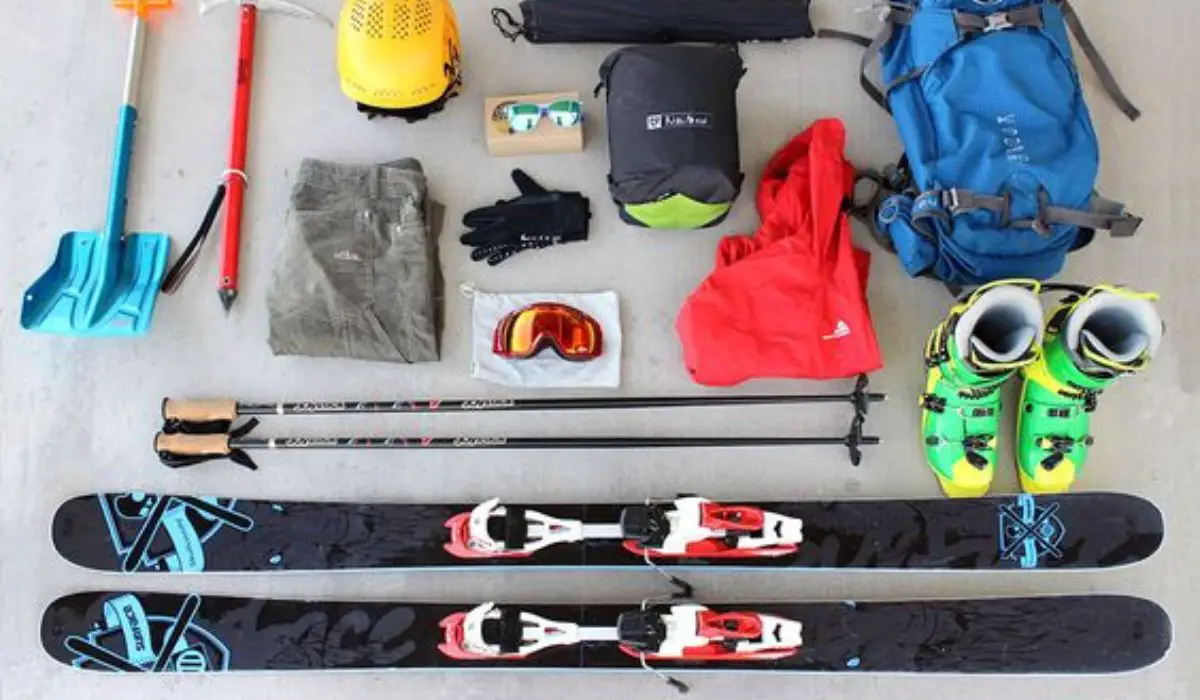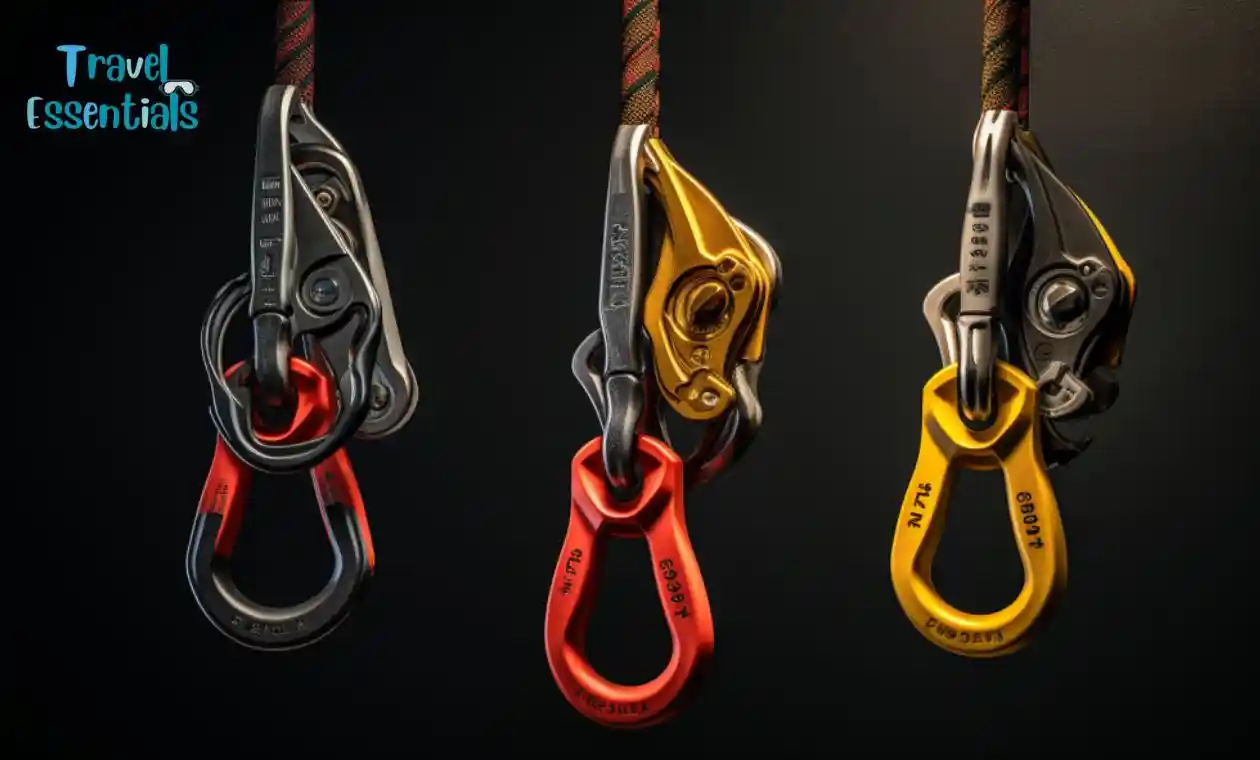
When heading out on a ski trip, it’s important to have all the necessary gear to ensure a safe and enjoyable experience on the slopes. This essential ski gear checklist includes everything you need, from must-have equipment to clothing essentials. We have compiled this checklist based on factual data from various sources, including professional skiers and gear experts.
Key Takeaways:
- What do you need for skiing? This checklist covers the essential gear for a safe and enjoyable skiing experience.
- Ski gear essentials include skis, bindings, boots, poles, and proper clothing.
- Make sure your ski equipment is suitable for your skill level and preferences.
- Ski clothing should be warm, waterproof, and breathable.
- Accessorize with items such as a helmet, sunscreen, lip balm, hand warmers, and a small backpack.
Ski Equipment
When it comes to skiing, having the right equipment is essential for a successful and enjoyable experience on the slopes. The ski gear essentials include skis, bindings, boots, and poles.
“The choice of skis will depend on factors such as your skill level, terrain, and personal preferences.” It’s important to select skis that are suitable for your skill level, whether you’re a beginner or an advanced skier. There are different types of skis designed for various terrains, such as groomed slopes, powder, or backcountry. Take into consideration your skiing style and goals when choosing the perfect pair of skis.
Bindings are an integral part of ski equipment as they connect your boots to the skis. They provide security, control, and efficient power transfer. It’s crucial to ensure that the bindings are compatible with your boots and properly adjusted to your weight, height, and skiing ability.
Boots play a significant role in your skiing performance and comfort. They should provide a snug and secure fit while also offering support and control. Ill-fitted boots can lead to discomfort, pain, and even injuries. Consider getting your boots professionally fitted to ensure the best possible fit.
Poles are not just for balance; they also help with rhythm and propulsion while skiing. The proper length of your poles will depend on your height and skiing style. They should reach your armpits or slightly lower when standing in an upright position.
Investing in high-quality ski equipment that suits your ability and preferences will enhance your skiing experience and help you improve your skills on the slopes.
Ski Clothing
Proper ski clothing is crucial for staying warm, dry, and comfortable on the slopes. To ensure a successful skiing experience, it’s important to have the right ski clothing checklist, including:
- Base Layers: Base layers should be made of moisture-wicking materials, such as merino wool or synthetic fabrics, to keep you dry and regulate your body temperature.
- Mid-Layers: Mid-layers provide insulation and can be fleece or down jackets. They help to trap heat and keep you warm in cold conditions.
- Ski Jackets: Ski jackets are essential for protecting against snow and wind. Choose a waterproof and breathable jacket to keep you dry and comfortable throughout your skiing adventures.
- Ski Pants: Like ski jackets, ski pants should also be waterproof and breathable. They provide protection and insulation for your lower body, keeping you warm and dry.
- Gloves or Mittens: Insulated and waterproof gloves or mittens are essential to keep your hands warm and protected from the cold temperatures.
- Ski Socks: Ski-specific socks are designed to provide warmth, support, and moisture management. Choose socks that fit well and have cushioning in the appropriate areas.
- Hats or Beanies: Keep your head warm with a hat or beanie that covers your ears and fits snugly under your ski helmet.
- Goggles or Sunglasses: Eye protection is crucial on the slopes. Choose goggles or sunglasses that offer UV protection and have lenses suitable for different lighting conditions.
Having the right ski clothing will help you stay comfortable and focused on enjoying your skiing experience. Remember to choose clothing that is suitable for the weather conditions and consider layering to easily adjust your body temperature throughout the day.
Stay Dry and Protected
Investing in waterproof and breathable ski clothing will help keep you dry and protected from the elements. Look for clothing with sealed seams and adjustable cuffs to prevent snow from entering, while still allowing moisture to escape.
When it comes to accessories, consider wearing a neck gaiter or balaclava to protect your face from wind and cold temperatures. Additionally, layering your clothing allows you to adapt to changing weather conditions and activity levels. Don’t forget to pack spare clothing items, like extra gloves or socks, in case you need them.
Lastly, remember to apply sunscreen to exposed areas of your skin, such as your face and neck, to protect against sunburn, even on cloudy days. Protecting your skin is essential, as the snow can reflect the sun’s rays and increase the risk of sunburn.
Ski Accessories
In addition to the basic ski gear, there are several accessories that can enhance your skiing experience. These accessories are essential for a successful and comfortable time on the slopes.
Helmets for Safety
One of the most important accessories for skiing is a helmet. A high-quality helmet will protect your head from potential injuries and ensure your safety on the slopes. Choose a helmet that fits securely and comfortably.
Sunscreen for Protection
Sunscreen is essential to protect your skin from the harmful UV rays. Apply a broad-spectrum sunscreen with a high SPF to all exposed areas of your skin, including your face. Reapply it regularly, especially if you’re skiing for an extended period of time.
Lip Balm for Chapped Lips
Cold weather and wind can make your lips dry and chapped. To prevent this, apply a lip balm with SPF to keep your lips moisturized and protected from the elements.
Hand Warmers and Foot Warmers
In cold conditions, it’s important to keep your hands and feet warm. Hand warmers and foot warmers can provide extra warmth and comfort during your ski trip. These accessories are easy to use and can make a big difference in your overall comfort.
Capture Memorable Moments with a Camera
Don’t forget to bring a camera to capture the breathtaking views and memorable moments during your ski trip. Whether it’s a digital camera or a smartphone, having a way to document your skiing adventures is a great way to cherish the memories.
A Small Backpack for Essentials
Carrying a small backpack is convenient for storing your essentials while skiing. You can keep items like snacks, water, a map, and a small first aid kit in your backpack. Make sure to choose a backpack that is comfortable and lightweight.
Ski Pass or Lift Ticket
To access the slopes, don’t forget to bring your ski pass or lift ticket. This ticket is your key to enjoying unlimited skiing or snowboarding during your trip. Keep it in a safe place, like a zippered pocket, to avoid losing it.
By making use of these skiing accessories, you can enhance your skiing experience and make the most of your ski trip. Remember to choose high-quality gear and accessories to ensure your safety and comfort on the slopes.
Ski Gear Transportation
When traveling with your ski gear, it’s essential to have proper transportation equipment. Your gear is an investment, and you want to make sure it arrives safely and in the best condition possible. Here are some options for transporting your skis:
Ski Backpacks and Boot Bags
A ski backpack or boot bag is a convenient option for carrying your gear. It provides ample storage space for your skis, boots, and other accessories. Look for a backpack or bag with padded compartments to protect your gear from scratches and damage. It should also have comfortable shoulder straps and a sturdy handle for easy carrying.
Ski Box or Ski Rack
If you’re traveling by car, a ski box or ski rack is a great solution for transporting your skis. A ski box attaches to the roof of your car and provides a secure and protective storage space for your skis. Make sure to choose a box that fits your skis and is durable enough to withstand long journeys. Alternatively, a ski rack attaches to the roof or rear of your car and holds your skis securely in place.
Ski Travel Bag
If you’re planning to fly to your skiing destination, a ski travel bag is a must-have. These bags are specifically designed to safely transport skis and protect them from rough handling during air travel. Look for a bag with ample padding, strong zippers, and reinforced handles. Some ski travel bags also have wheels for easy maneuvering through airports.
Remember, whether you choose a ski backpack, boot bag, ski box, or ski travel bag, it’s important to prioritize the safety and protection of your gear. Invest in high-quality equipment that will ensure your skis arrive in perfect condition, ready for an exhilarating day on the slopes.
Conclusion
Having the right gear is essential for a successful and enjoyable skiing experience. From the equipment to the clothing and accessories, this essential ski gear checklist has you covered. By following this checklist, you can ensure that you have everything you need for a safe and comfortable time on the slopes.
When selecting your gear, it’s important to consider factors such as your skill level, the terrain you’ll be skiing on, and your personal preferences. This will help you find the perfect skiing gear essentials that suit your needs. Whether you’re a beginner or an experienced skier, having the right gear can make all the difference in your performance and enjoyment on the slopes.
So, grab your gear and hit the slopes with confidence. Whether it’s your first time skiing or you’re a seasoned pro, these ski essentials for beginners and winter sports gear will have you ready to tackle the mountain. Whether you prefer speed and adrenaline or gentle glides through the snow, having the right gear will ensure that you have the best experience possible. Stay warm, stay safe, and embrace the thrill of skiing!


